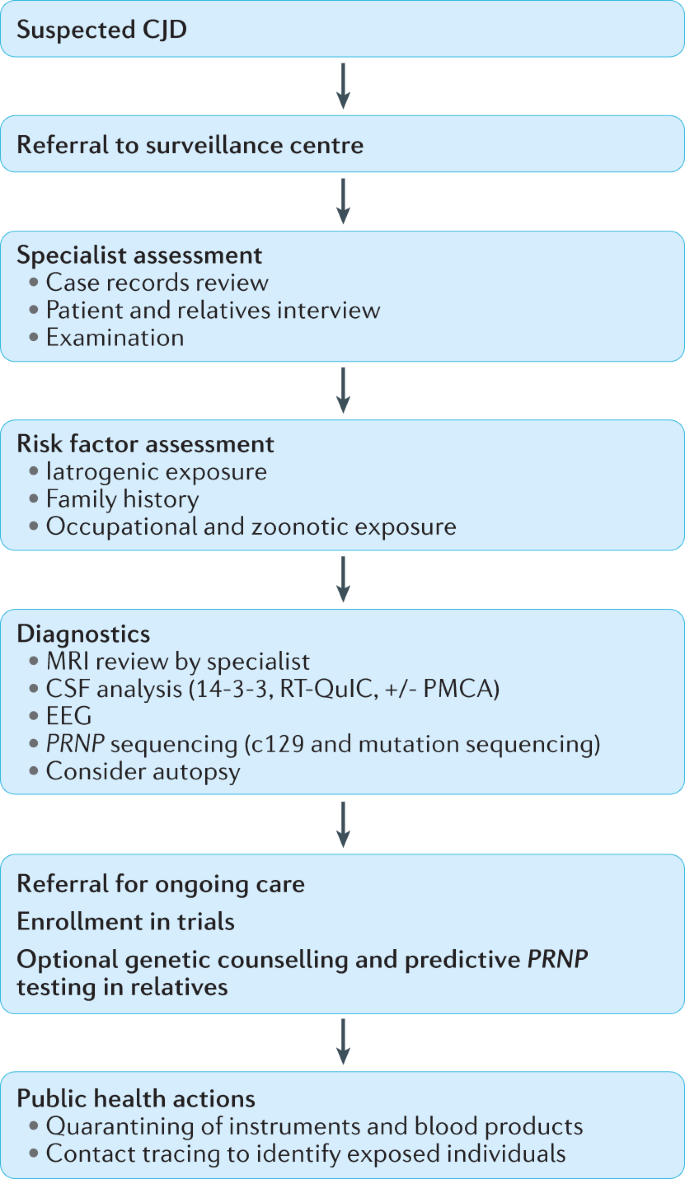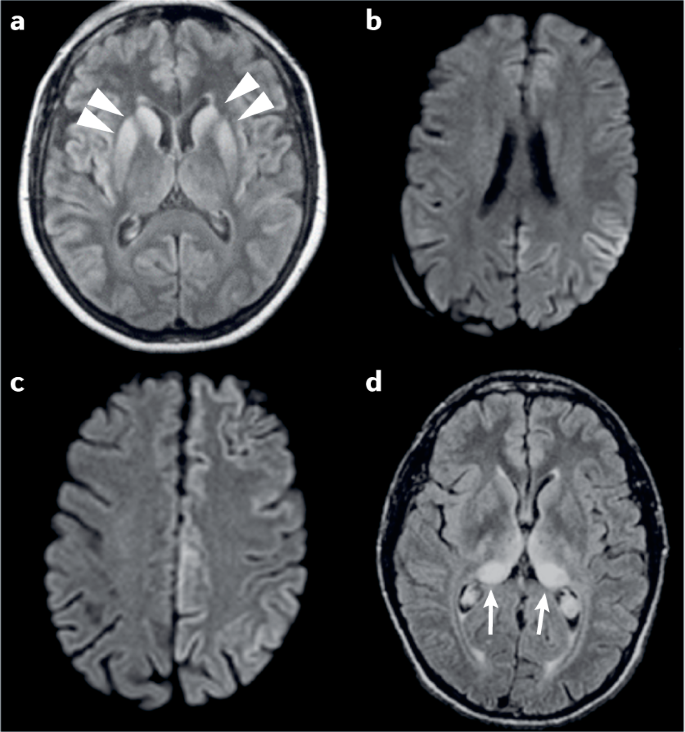Reference



OpenAI's Answer
The identification of new variant Creutzfeldt–Jakob disease (vCJD) has had a significant impact on transmissible spongiform encephalopathies (TSE) research. Here are some key aspects of this impact:
-
Pathogenesis and Epidemiology: The identification of vCJD, which was linked to bovine spongiform encephalopathy (BSE), provided crucial insights into the zoonotic potential of prion diseases. Researchers were able to demonstrate that prions could cross species barriers and manifest in humans, raising alarms about food safety and public health (Medscape).
-
Surveillance and Monitoring: Establishing vCJD as a distinct form of CJD necessitated enhanced epidemiological surveillance systems to track new cases and understand the epidemiologic patterns, particularly in relation to BSE exposure (Nature).
-
Diagnostic Methods: The differentiation between vCJD and other forms of CJD (such as sporadic CJD) required advancements in diagnostic methodologies. This encompassed both clinical and laboratory diagnostics, including the development of specific biomarkers and imaging techniques unique to vCJD (ScienceDirect).
-
Public Health Policies: The emergence of vCJD prompted significant changes in public health policies, particularly in the areas of food safety regulations and the handling of blood and tissues. Measures were adopted to reduce the risk of transmission, including stringent control over cattle products and improved sterilization techniques in medical settings (ECDC).
-
Research Directions: The discovery of vCJD spurred a renewed focus on prion research, leading to deeper investigations into the mechanisms of prion diseases, strain variation, and interspecies transmission. Researchers also explored therapeutic options and preventive measures to manage and mitigate prion diseases' impact (NCBI).
Here are some relevant images to further illustrate these points:
 - This image showcases the distinct histopathological features of vCJD found in the tonsils.
- This image showcases the distinct histopathological features of vCJD found in the tonsils. - Brain axial fluid-attenuated inversion recovery (FLAIR) MRI showing the "Pulvinar sign" which is characteristic of vCJD.
- Brain axial fluid-attenuated inversion recovery (FLAIR) MRI showing the "Pulvinar sign" which is characteristic of vCJD.- An illustration of the diagnostic criteria for vCJD.
For further reading on the impact of vCJD on TSE research, I recommend the comprehensive overview at ScienceDirect and the detailed article from Nature.
Follow Up
Related
Which organizations have provided guidelines or conducted surveillance on Creutzfeldt-Jakob disease
Which forms of Creutzfeldt–Jakob disease exist and how are they different?
How were prions in classic Creutzfeldt-Jakob disease cases transmitted iatrogenically before 1976?
How are prion diseases such as Creutzfeldt-Jakob disease transmitted to humans?